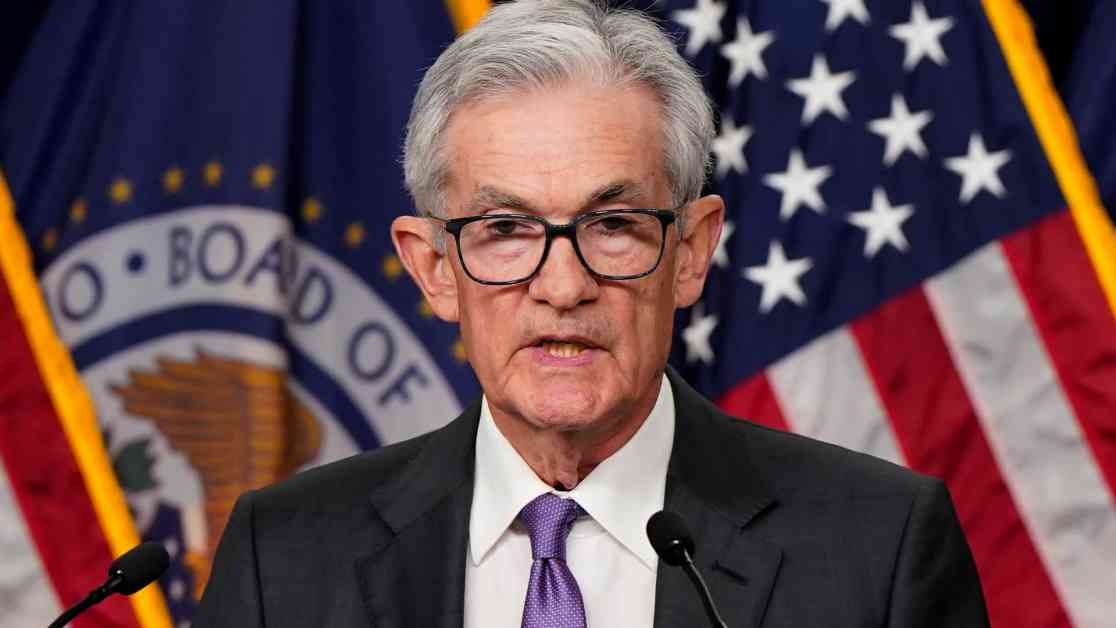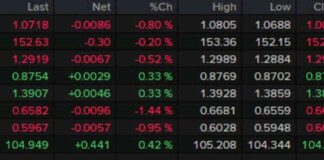The Federal Reserve made a historic move on Wednesday, cutting interest rates by 0.5% in its first easing move in four years. This decision comes as the central bank aims to prevent a slowdown in the labor market amid softening jobs and inflation data.
The Rate Cut
The Federal Open Market Committee (FOMC) decided to lower its key overnight borrowing rate by 50 basis points, affirming market expectations for a larger cut compared to previous estimates. The last time the FOMC implemented a similar cut was during the global financial crisis in 2008. The federal funds rate now stands at a range between 4.75%-5%, impacting short-term borrowing costs for banks and influencing consumer products like mortgages, auto loans, and credit cards.
In addition to the immediate rate reduction, the committee signaled through its “dot plot” the possibility of 50 more basis points of cuts by the end of the year, aligning closely with market expectations. Individual officials’ projections suggest another full percentage point in cuts by the end of 2025 and a half point in 2026, indicating a total reduction of about 2 percentage points beyond the initial 0.5% cut.
Rationale Behind the Decision
The FOMC justified its decision by stating that it has gained greater confidence in inflation moving towards the 2% target and believes the risks to achieving employment and inflation goals are balanced. The post-meeting statement highlighted progress on inflation and the balance of risks as key factors influencing the rate cut. Chair Jerome Powell emphasized the committee’s commitment to achieving price stability without causing a significant increase in unemployment.
Despite most economic indicators pointing towards a stable economy, concerns about the labor market prompted the rate cut. Job gains have slowed and the unemployment rate, while low, has shown an uptick. The committee adjusted its projections for unemployment and inflation, reflecting a more cautious outlook on the economic landscape.
Market Response and Future Implications
Following the rate cut announcement, trading experienced volatility, with the Dow Jones Industrial Average initially surging before settling slightly lower by the end of the day. Treasury yields also saw an increase post-decision. While the market had anticipated a series of 50 basis point cuts, Powell’s remarks tempered expectations, signaling a more measured approach to future rate adjustments.
The decision to ease rates reflects the Fed’s efforts to recalibrate policy in response to the significant slowdown in inflation. Despite the current jobless rate hovering around full employment levels, the central bank seeks to maintain economic stability and avoid potential downturns.
In the global context, the Fed’s rate cut is likely to influence other central banks, several of which have already initiated rate reductions. The move also underscores the interconnected nature of the global economy, with various factors like supply chain disruptions and stimulus measures impacting inflation and monetary policy decisions worldwide.
Overall, the Federal Reserve’s decision to cut interest rates by 0.5% signals a proactive approach to addressing economic challenges and maintaining stability in the face of evolving market conditions. As the central bank continues to monitor key indicators and adjust its policies accordingly, the impact of this rate cut on the economy and financial markets will unfold in the coming months.

















